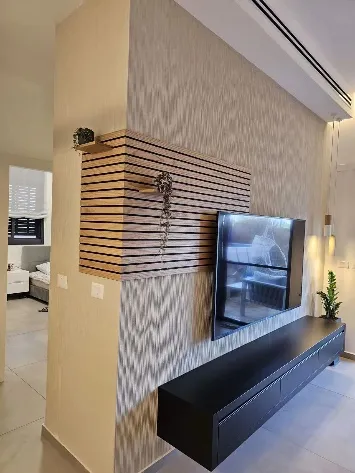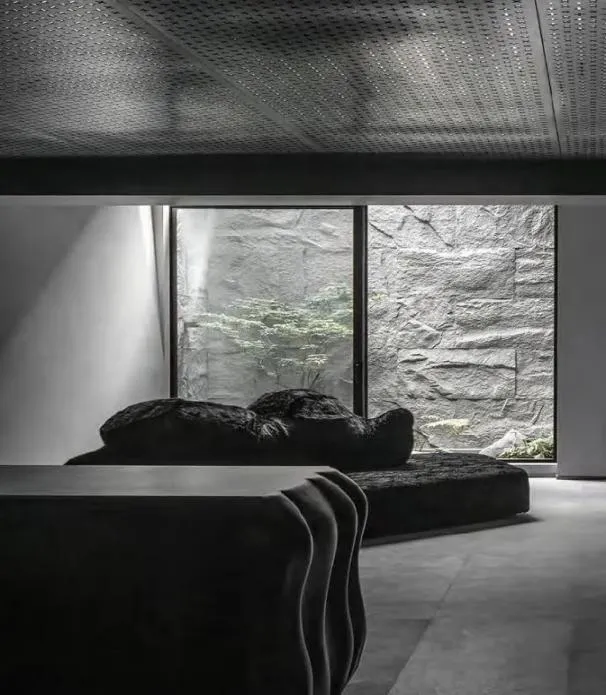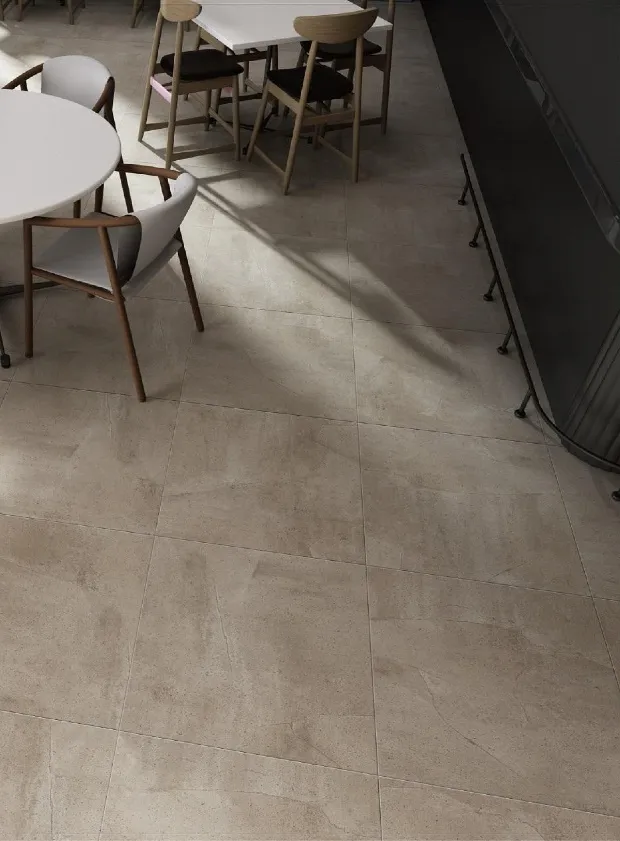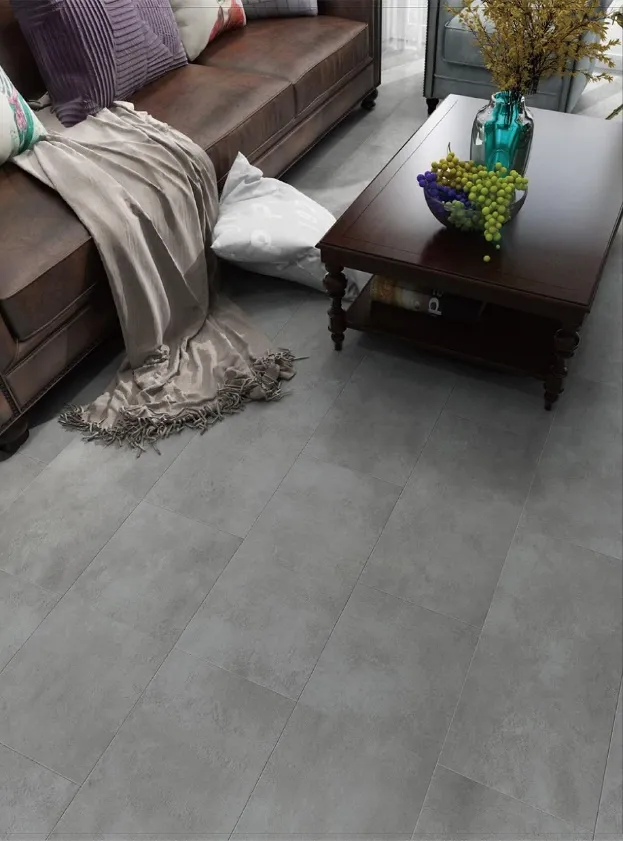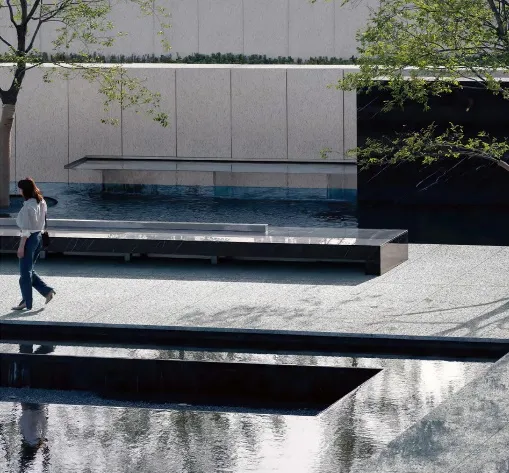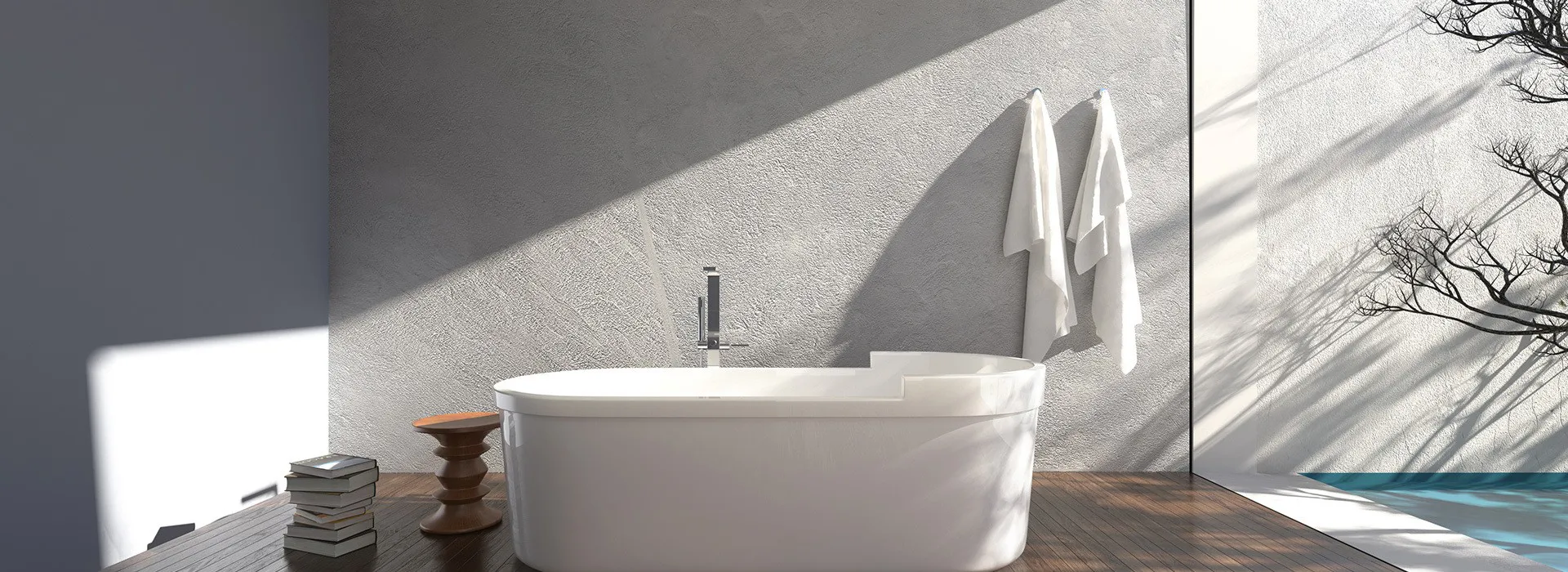
Restaurant pendant light source selection: LED bulb wattage, luminous flux, and color requirements
Let's talk about something we've all experienced but rarely notice until it's wrong: restaurant lighting. You know that feeling when you walk into a place and immediately feel cozy? Or when the harsh glare makes you want to bolt after the appetizer? Yeah, that magic—or lack of it—mostly comes down to pendant lights. They're more than just pretty decorations hanging from ceilings; they're mood-setters, food-flatterers, and customer-keepers.
Choosing the right LED bulbs isn't about grabbing whatever's on sale at the hardware store. It's about understanding three friends who work together—wattage, lumens, and color temperature. Get this trio right, and your restaurant becomes that spot people Instagram. Get it wrong, and you might wonder why customers rush through their meals.
What Wattage Really Means in Today's LED World
Remember when we picked bulbs by watts? A 100-watt bulb meant "bright," right? Well, LEDs flipped that script. Wattage now tells you about energy hunger—how much electricity the bulb sips—not how bright it shines. For restaurants, this is great news. You can keep things bright without sending your energy bill through the roof.
Picture this: You've got a 10-foot bar with 6 pendants. Old-school incandescent bulbs? That's about 600 watts burning constantly. Swap to LEDs, and suddenly you're at 60 watts total. Same glow, 90% less energy. That's like choosing between hauling bricks in a wheelbarrow or floating them on a cloud.
Practical Wattage Guidelines
So how do you decide? Let's break it down:
| Restaurant Zone | Recommended Wattage Range | Why This Works |
|---|---|---|
| Entryways & Host Stations | 3-5W per bulb | Warm welcome without blinding guests |
| Dining Tables (Pendants) | 4-6W per bulb | Intimate glow that makes food look delicious |
| Bar Counter | 5-7W per bulb | Highlights glassware without glare |
| Kitchen Pass-Through | 6-9W per bulb | Functional brightness for staff communication |
I learned this lesson helping commercial lighting upgrades for cafés across Chicago. Owners always worry dark corners will scare customers—but too-bright lights scare them faster. A little warmth invites people to linger; a spotlight interrogation makes them chug their coffee.
Luminous Flux: Your Secret Weapon for Ambiance
If wattage is the cost, lumens are the reward. Lumens measure visible light output—what your eyes actually see. And in restaurants, what you want seen varies wildly between areas. Your open kitchen needs to see knife cuts clearly; your booth seats need shadows deep enough for secrets.
Imagine two burger joints: First place bathes everything in 800-lumen floods. Burgers look dried out, cheese resembles plastic. Second spot uses 300-lumen pendants at tables—suddenly those same burgers glow like food magazines. Same beef, different light, totally different experience.
Lumen Zones That Work
Here's how to match lumens to function:
- Task Lighting: 450-800 lumens (food prep areas, cash registers)
- Accent Lighting: 200-400 lumens (artwork, menu boards, wine displays)
- Ambient Lighting: 100-300 lumens (dining tables, lounge seating)
Mix these layers. A steakhouse I redesigned used 120-lumen amber LEDs at booths (think candlelight comfort), 600-lumen crisp whites above the butcher display (showing marbling beautifully). Guests felt both relaxed and confident in the meat quality—lighting telling two stories at once.
Color Temperature: The Emotional Thermostat
Here's where things get deliciously psychological. Color temperature is measured in Kelvins (K), and it changes how customers feel—and how long they stay. Warm light (2000K-3000K) slows people down; cool light (4000K+) speeds them up. Fine dining wants that amber hug; fast-casual might prefer a midday brightness.
Think of coffee shops: Ever notice how independent cafés always use 2200K bulbs? That golden tint makes you feel comfy for hours. Now walk into a donut chain at 5000K—you grab, eat, go. Not accidentally. Color temperature nudges behavior without a single word.
Kelvin & Cuisine Pairings
| Lighting Color | Kelvin Range | Best For | Food Effect |
|---|---|---|---|
| Extra Warm Amber | 2000K-2200K | Intimate bistros, wine bars | Richens red meats, deepens sauces |
| Soft Warm White | 2700K-3000K | Family restaurants, Italian trattorias | Makes pasta look creamy, greens vibrant |
| Bright Neutral | 3500K-4000K | Cafés, breakfast spots, seafood houses | Shows fish freshness, crisp pastry layers |
| Cool Daylight | 5000K+ | Food courts, deli counters | Highlights ingredient clarity |
An Italian chef taught me this: Tomato sauce under 3000K LEDs looks like Nonna simmered it for hours. Under 4000K? Looks radioactive. Same pot, same recipe—light changed the story.
The Forgotten Hero: Color Rendering Index (CRI)
CRI is how accurately light reveals true colors. Measured 0-100, with 90+ being restaurant-worthy. Why care? Low CRI makes that $40 seared tuna look gray. High CRI makes greens pop and seafood glisten.
A sushi bar owner once complained people sent back perfectly fresh salmon. We swapped his 80-CRI bulbs for 95-CRI LEDs overnight—no more complaints. The fish now showed its pearlescent sheen rather than looking dull. He called it "edible lighting."
CRI Priorities by Dish Type
- CRI 95+: Raw bars, salad-focused spots, farm-to-table
- CRI 90-94: Steakhouses, bakeries, Mediterranean
- CRI 80-89: Fast casual, bars (where drinks are stars)
Budget note: A 95-CRI bulb costs more than an 80-CRI. But when Vancouver’s Blue Water Café saw a 15% dessert upsell after improving CRI, they recouped costs in 2 months. Guests saw chocolate textures they couldn’t resist.
Common Mistakes & Easy Fixes
Let’s troubleshoot real-world blunders I see constantly:
The "Why Is This Place So Loud?" Problem
Overlit spaces = amplified noise. Fix: Reduce lumen output 20%, use 2700K bulbs to absorb sound.
The "Instagram Disaster" Dilemma
Blue-tinted light = terrible food photos. Fix: Ensure CCT under 3000K, CRI over 90.
The "Table Hopping" Issue
Uneven lighting makes guests ask to move. Fix: Map pendants precisely to table centers—no exceptions.
Putting It All Together
Here’s a real recipe from a Nashville BBQ joint:
- Pendants above tables: 5W, 150 lumens, 2200K, 97 CRI
- Bar area: 6W, 220 lumens, 2400K, 95 CRI
- Sauce station: 4W, 350 lumens, 2800K, 90 CRI
Result? Smoked meats looked like velvet, bourbon glowed like amber, and waitstaff saw sauce levels clearly. They didn't change their smoker. Just their lights. Now they’ve got 2-hour weekend waits.
Final Spark of Wisdom
Lighting isn't decoration—it's emotional architecture. That perfect LED pendant combo? It hugs your guests without touching them, flavors food without seasoning, speeds or slows service silently.
So take these numbers off the page. Walk your restaurant tonight. Where do people laugh longest? Where do desserts vanish fastest? Light follows human behavior, not the other way. When you marry wattage, lumens, and Kelvins wisely, you're not just hanging bulbs. You're setting a stage where memories—and return visits—are made.
Because in the end, great lighting doesn't make restaurants look better. It makes people feel better. And that’s what turns first timers into regulars.
Tags:
Recommend Products


